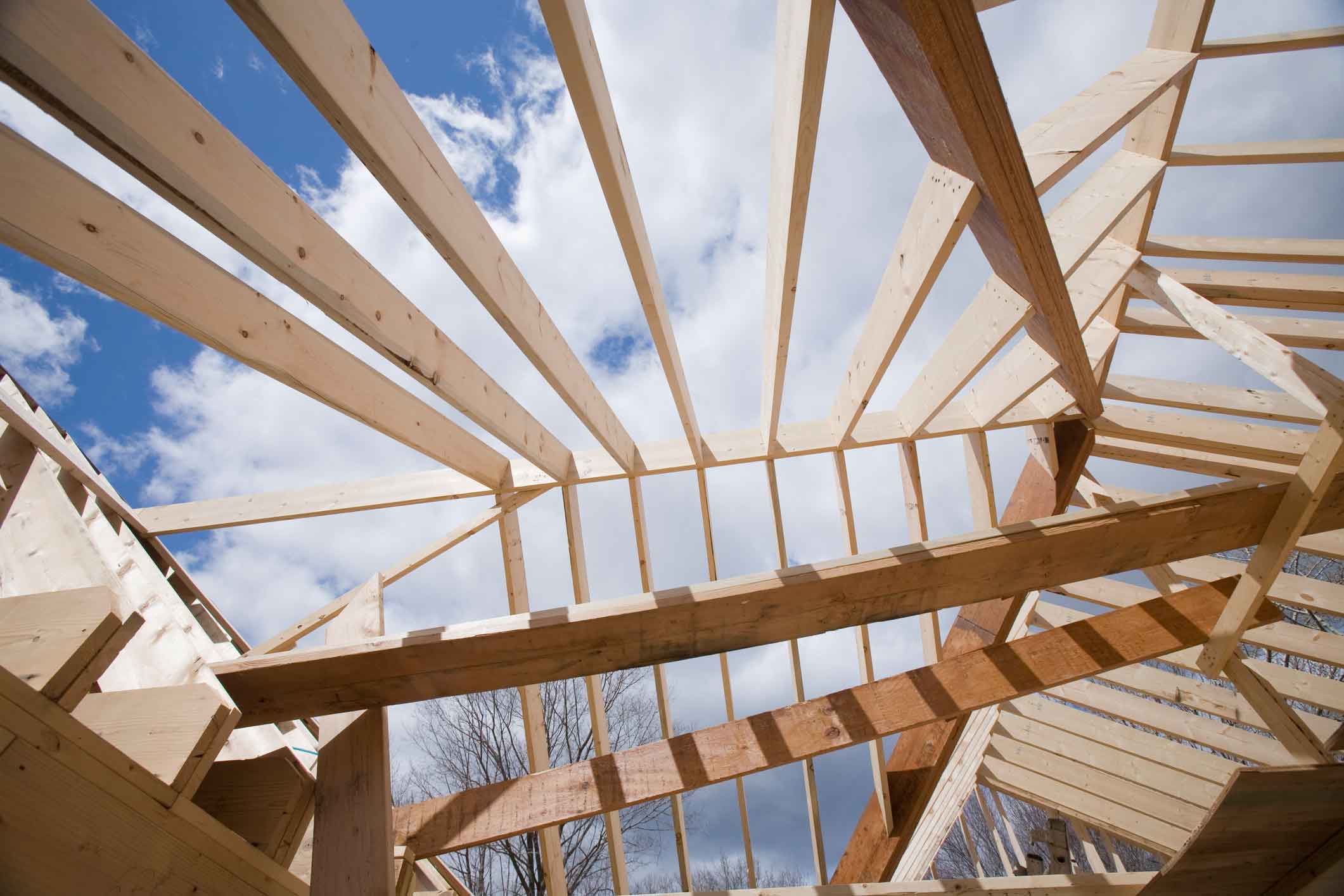Housing Recovery Firmly Under Way
Gains among states will be uneven, but progress will continue through 2014

The housing industry finds itself on much better footing this year: Prices are up, inventories are down, and signs abound that a recovery is firmly under way. This is good news for the economy as a whole at a time when other stalwarts of the recovery, such as exports and government spending, have started to tail off. Increased home sales put more people to work and feed an upward spiral of income, spending and employment in the real estate and home building industries. Makers and sellers of appliances, furniture and carpets, plus nurseries, landscapers and others also benefit.
Look for housing to add 0.6% to GDP this year and as much as 1% in 2014. All of the major national indicators -- building permits and starts, sales of new and existing homes and overall home prices -- are likely to rise in 2013, for just the second time since 2005. Overall, sales of existing homes will climb to almost 5 million this year, up 7.5% from last year's 4.65 million. The annualized pace of January sales -- 4.92 million -- was strong, particularly considering that the cold winter months are typically slow. The spring and summer seasons will bring an even faster sales pace. Growth of new-home sales will also accelerate in 2013, climbing by 36%, to about 500,000 this year.
The national average home price, meanwhile, will head about 5% higher this year, with a 7% gain likely next year. But not all areas will benefit equally: Those experiencing better-than-average job growth will see more-robust home sales and rising prices. Homeowners in North Dakota, Colorado and Texas, for example, are already seeing average prices that top 2007 levels, according to the Federal Housing Finance Agency.
From just $107.88 $24.99 for Kiplinger Personal Finance
Become a smarter, better informed investor. Subscribe from just $107.88 $24.99, plus get up to 4 Special Issues

Sign up for Kiplinger’s Free Newsletters
Profit and prosper with the best of expert advice on investing, taxes, retirement, personal finance and more - straight to your e-mail.
Profit and prosper with the best of expert advice - straight to your e-mail.
Also likely to enjoy a price run-up in coming months: Areas where inventories of unsold homes are plunging. For example, a dozen California metropolitan areas, from Sacramento to San Diego, have seen inventories fall by as much as 65% in 12 months. For the Washington, D.C., and Boston metro areas, which weren't greatly overbuilt, inventories have fallen by 20% to 30%. Even in Phoenix, once buried under an avalanche of foreclosures, inventories have fallen by more than 15% from a year ago. Eventually, however, more home building spurred by rising prices will bolster supplies again, cooling off overheated prices.
Nationwide, inventory has slipped to a mere 4.2 months' worth of homes, which is the lowest since April 2005, before the overinflated housing market went bust. Others likely to fare well: Austin, Texas; Portland, Ore.; Seattle; Salt Lake City; Atlanta; Minneapolis; and Boise, Idaho. In the hottest spots, sellers are getting multiple bids and builders are scrambling to keep up with demand. "The typical home is selling nearly four weeks faster than it did a year ago," says Gary Thomas, president of the National Association of Realtors.
In other regions, inventory levels tell a much different story, and home values will remain depressed. Across much of Florida and in Nevada, for example, the supply overhang is still too big, and the plunge prices took, too steep to overcome quickly, despite good declines in inventories and decent price gains. That's particularly true in Florida, where foreclosures can take years. Similarly, the New York City-New Jersey-Connecticut corridor has a long way to climb back.
Nationwide, distressed sales will account for about one in five home sales in 2013, down from one in three a year ago but still way above the prerecession single digits. With foreclosed properties often selling at a discount of up to 40%, it's no surprise that Nevada home prices, for instance, started 2013 about 45% under Jan. 1, 2008, levels. Lagging economies and sluggish job growth are reining in growth for others. Among them: New Orleans, Chicago, Philadelphia and a wide swath of cities that cut from Charleston, W.Va., across Tennessee, Kentucky, Ohio, Indiana, Illinois and Missouri, into Michigan and Wisconsin.
Profit and prosper with the best of Kiplinger's advice on investing, taxes, retirement, personal finance and much more. Delivered daily. Enter your email in the box and click Sign Me Up.

-
 Stocks See First Back-to-Back Losses of 2026: Stock Market Today
Stocks See First Back-to-Back Losses of 2026: Stock Market TodayRising geopolitical worries and a continued sell off in financial stocks kept pressure on the main indexes on Wednesday.
-
 Countries That Will Pay You to Move: Cash Grants, Incentives and What to Know
Countries That Will Pay You to Move: Cash Grants, Incentives and What to KnowExplore real relocation incentives — from cash grants and tax breaks to startup funding — that make moving abroad or to smaller towns more affordable and rewarding.
-
 Mortgage Protection Insurance: What It Covers and When It Makes Sense
Mortgage Protection Insurance: What It Covers and When It Makes SenseHow mortgage protection insurance works, what it costs, and when it’s actually useful in a financial plan.
-
 Federal Debt: A Heavy Load
Federal Debt: A Heavy LoadEconomic Forecasts The debt continues to grow, but record-low interest rates could ease the long-term damage.
-
 How the Fed's Moves Affect You
How the Fed's Moves Affect YouEconomic Forecasts It’s pumping trillions of dollars into the economy and keeping rates near zero. Savers are sunk, but borrowers get a boost.
-
 Consumers Will Feel Impact of Rapidly Falling Interest Rates
Consumers Will Feel Impact of Rapidly Falling Interest RatesEconomic Forecasts Mortgage and car loans will experience the most significant dips, while some holders of Treasuries may get a slight boost.
-
 Will You Have to Pay More Sales Taxes on Your Online Purchases?
Will You Have to Pay More Sales Taxes on Your Online Purchases?business One thing’s for sure: Consumers who live in one of the five states without a sales tax won’t be affected by the Supreme Court’s ruling.
-
 A Housing Shortage Looms: Builders Can’t Keep Up
A Housing Shortage Looms: Builders Can’t Keep Upbusiness Starter homes especially are becoming scarce.
-
 Is Credit-Card Debt Out of Control?
Is Credit-Card Debt Out of Control?credit & debt Balances are on the rise, but defaults are still low.
-
 Help Wanted in America: Skilled Workers
Help Wanted in America: Skilled WorkersTechnology In an ever-more-competitive job market, technology increases the need for skilled workers.
-
 The Unintended Consequences of a Boost in Overtime Pay
The Unintended Consequences of a Boost in Overtime PayBusiness Costs & Regulation New rules mean millions more employees will be overtime-eligible. But will employers find workarounds?